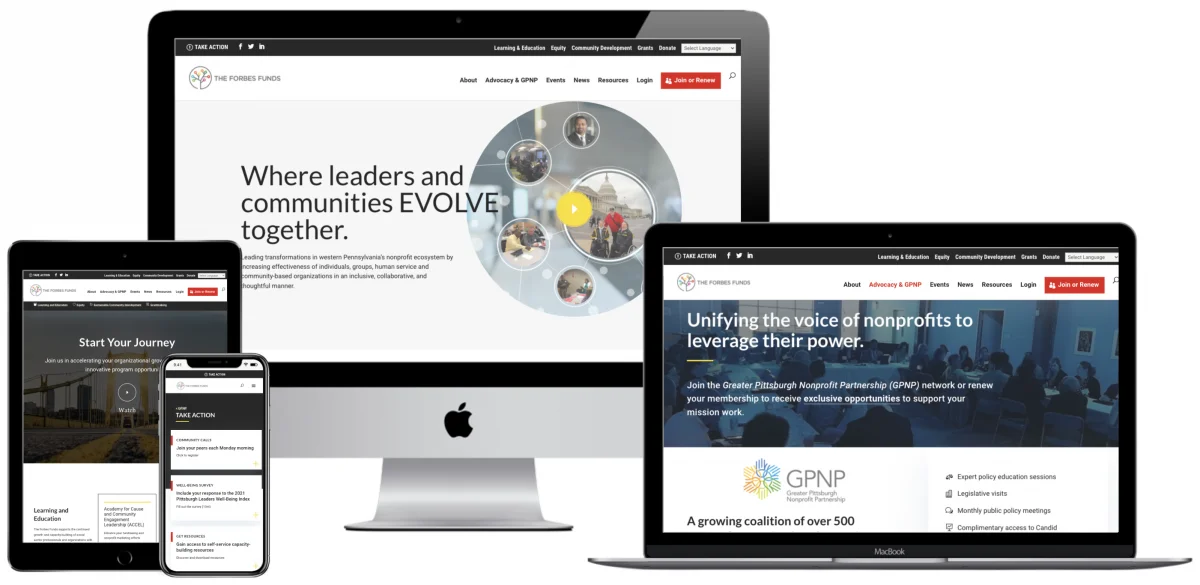In the nonprofit sphere, you may think it’s enough simply to have a cause that people want to support. A good cause will speak for itself, won’t it? Unfortunately, with so much marketing and social media attention all over the place, gone are the days of flyers and commercials as ways to get your cause’s mission out there. Most people, for example, know about “Susan G. Komen for the Cure” and its relationship to the Breast Cancer Foundation. That organization hit the mark with advertising, branding, and spreading the word. When you think of that brand, what do you think of? You may have said “pink ribbon.” Even if you don’t know exactly what this organization does, it’s probably on your radar. Keeping that in mind, let’s explore the importance of branding for nonprofits and how to make your cause stand out.
Why is it vital to create a strong identity?
At its core, branding is about creating a unique and memorable identity for an organization. Nonprofits often work on issues that are emotionally charged and close to people’s hearts. A strong brand identity helps a nonprofit stand out and be recognized in a sea of similar causes. This identity includes a logo, color scheme, tagline, and a consistent visual and messaging style. When supporters and potential donors see a nonprofit’s branding, they should immediately associate it with the cause and mission.
How do I build trust and credibility?
Trust is paramount for nonprofits. People want to know that their time and money are going to a reputable organization that will effectively use their contributions to make a positive impact. A well-crafted brand can establish credibility and trust. A professional and cohesive brand presence communicates that the nonprofit is serious, organized, and committed to its mission.
Moreover, a strong brand can signify transparency and accountability. When a nonprofit consistently and clearly communicates its goals and achievements through its branding, it becomes more trustworthy in the eyes of donors and supporters. Trust is especially critical in the nonprofit sector, where many people are wary of scams and mismanagement.
Keep your stakeholders informed of how their money has gone to good use – no matter how big or small the donation. For example, a charity for cats and dogs may explain (on their blog and social media) that a local school clubbed together to donate five hundred blankets so now these animals have fresh bedding that can be changed twice per day – along with the volunteers who man the washing machines! They can then appeal for more volunteers and donations of money for medicines or food to make these animal’s lives even better.
How do I connect with supporters?
Branding isn’t just about logos and color schemes (although having consistent branding in that arena helps); it’s about telling a compelling story. Nonprofits can use branding to communicate their mission, values, and the impact they want to create. Effective branding helps supporters feel emotionally connected to the cause, making them more likely to get involved and support the organization.
For an older yet powerful example, the “Livestrong” foundation used its branding to connect with people who had been affected by cancer (despite its later controversy dropping Lance Armstrong as its spokesperson). Almost everyone has seen the bright yellow wristbands associated with this nonprofit. The “Livestrong” logo was instantly recognizable, which served as a powerful symbol of the fight against cancer. These branding elements created a sense of unity among supporters and communicated the organization’s mission of helping those affected by the disease. On the other hand, this “case study” can show the darker side of branding and celebrity alignment when it goes awry.
Some of the US’s most recognizable charities/nonprofits include Feeding America, St. Jude’s Children’s Research Hospital, the Salvation Army, Goodwill Industries International, the YMCA, Habitat for Humanity, and more. Do you have associations with the nonprofit branding for these organizations?
How do I differentiate from competitors?
In the nonprofit sector, organizations often work on similar or related issues. Effective branding can help a nonprofit differentiate itself from competitors and carve out a unique space in the minds of donors and volunteers. A distinctive brand identity can make it easier for people to choose one organization over another when deciding where to invest their time and resources.
Consider the case of “UNICEF” (United Nations International Children’s Emergency Fund) and “Save the Children.” Both organizations work to improve the lives of children in need, but they have distinct branding that sets them apart. UNICEF’s iconic blue logo and well-known name emphasize its global reach and connection to the United Nations. Save the Children’s red heart-shaped logo and focus on children’s stories highlight its commitment to individual stories and the emotional impact of its work.
How do I attract corporate and partner support?
Nonprofits often rely on corporate partnerships and collaborations to fund their initiatives. A strong brand can attract corporate sponsors who want to align their image with a reputable and impactful cause. Companies are more likely to partner with nonprofits that have a strong brand presence, as it enhances their own reputation and social responsibility efforts.
Effective branding can also help nonprofits establish themselves as leaders in their field, making them attractive partners for other organizations with aligned missions. When nonprofits have a recognized and respected brand, they become magnets for partnerships and collaborations that can further amplify their impact.
How do I drive donations and support?
Ultimately, the success of a nonprofit often hinges on its ability to raise funds and garner support for its cause. A compelling brand can significantly impact a nonprofit’s ability to attract donors, volunteers, and advocates. Donors are more likely to give to an organization they trust and feel connected to, and effective branding is a key driver of this trust and connection.
A consistent and compelling brand presence, both online and offline, can prompt people to take action. When a nonprofit’s branding consistently communicates its mission, impact, and the urgent need for support, it can inspire people to donate, volunteer their time, or become passionate advocates for the cause.
The takeaways
Branding is about making meaningful connections and telling your nonprofit’s story to connect with supporters whether those supporters are individuals or organizations (or preferably both). By investing in effective branding, nonprofits can ensure their mission is not only heard but remembered and supported by those who share their passion for positive change.
Need help to create a strong brand identity? Get in touch with Key Medium today.

Elaine Frieman holds a Master’s Degree and is a UK-based professional editor, educational writer, and former marketing agency content writer where she wrote articles for disparate clients using SEO best practice. She enjoys reading, writing, walking in the countryside, traveling, spending time with other people’s cats, and going for afternoon tea.

